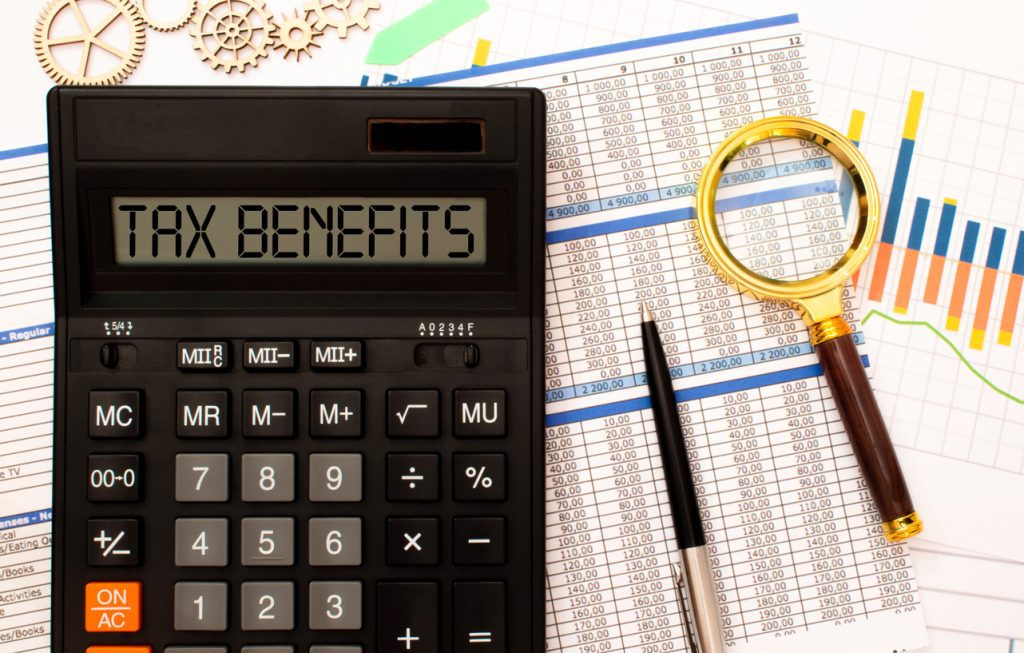Property vs shares: Making the right choice for your wealth
By Michelle Heffernan | 07/10/2025
Should I buy property or shares?
It’s one of the most common questions we hear at Apt Wealth Partners. Shifts in property tax policy, a volatile global share market and heightened media coverage have left many investors questioning where they should place their money.
On the surface, both asset classes have merit. They have each created wealth for generations of Australians, but they do so in different ways, with very different experiences for investors. Understanding those differences – not just in returns, but in liquidity, costs, risks and flexibility – is key to making the choice that’s right for you.
Why the question matters more today
Australia has a unique relationship with property. Home ownership has long been seen as part of the national identity. Investment property ownership has surged since the introduction of negative gearing and capital gains tax discounts in the 1980s and 1990s.
At the same time, participation in the share market has steadily increased. Superannuation reforms in the 1990s effectively turned most working Australians into shareholders, even if indirectly. Over the last decade, online trading platforms have also made investing in shares more accessible to everyday Australians.
In this context, the question of property versus shares is no longer just about personal preference. It’s about how to best build wealth in a landscape where both asset classes are deeply embedded in the financial system.
Looking beyond the headlines
Over the past 25 years, both asset classes have produced robust long-term growth. Residential property has returned an average of 6.8% annually, while a balanced portfolio of shares (split between Australian and international markets) has returned around 7.0% annually, excluding dividends. On a purely mathematical basis, there isn’t much separating them.
But focusing only on averages misses the nuances. Property markets can be highly localised. The growth rates in Sydney and Melbourne have far outstripped those in other cities. Shares, meanwhile, offer exposure to entire industries and regions, from Australian banks to US technology giants. The drivers of return are very different, and those differences can matter a great deal to an investor’s experience.
Volatility and perception of risk
The way investors experience returns is just as important as the numbers themselves.
Shares are highly visible and volatile. Prices are updated daily, even by the minute, and the news cycle reports every market movement. For many investors, this constant visibility creates stress, even when the long-term trajectory is positive. History shows that disciplined investors who stay the course often benefit most, but maintaining discipline can be psychologically difficult.
Property, by contrast, appears stable. Values are assessed infrequently, and unless an investor is actively seeking a revaluation, they may not notice fluctuations at all. This creates a sense of security. The trade-off is illiquidity. Property owners cannot sell a small portion of their asset to raise funds. If circumstances change, accessing capital from property can be time-consuming and costly.
The power of leverage
One of the strongest arguments in favour of property is the role of borrowing. Most property purchases are made with significant debt, and when values rise, the effect of leverage can dramatically amplify returns. Importantly, the interest on that debt is tax-deductible, providing an annual benefit that investors can see clearly on their tax return.
Shares can also be purchased with borrowed funds, but investors tend to be more cautious about gearing share portfolios. This is partly because share prices fluctuate more visibly, making investors wary of being caught in a downturn. Yet, with the right strategy and safeguards in place, leverage in shares can produce results similar to geared property investments.
Costs and tax considerations
Costs are another area where the differences are stark. Property ownership comes with a raft of expenses – stamp duty, land tax, insurance, ongoing maintenance and compliance costs. Many investors underestimate the cumulative effect of these outgoings on their overall return.
Shares, by comparison, are relatively low-cost. Brokerage fees are modest and ongoing maintenance is minimal. Tax treatment can also be more flexible. Franked dividends reduce taxable income, and capital gains can be carefully managed by choosing when and how much to sell.
Consider two examples:
- An investor who purchased a property for $500,000 in 2015 and sold it for $1 million in 2025 could face a tax bill exceeding $100,000, depending on their marginal rate.
- An investor who doubled a $500,000 share portfolio over the same period and sold $100,000 worth of shares might pay very little tax if managed alongside superannuation contributions or other strategies.
The differences in flexibility and control can be significant.
Case study: Two paths to wealth
Take a couple in their early 50s with grown children, a paid-down home and $400,000 to invest. They are in a high tax bracket and want to grow their wealth while also thinking about what they will pass on to their children.
If they purchase an investment property, they will likely borrow an additional sum, creating a geared investment worth $1 million. They will receive rental income, face tenant risk and pay ongoing expenses. Their returns will be magnified by debt, but so will their exposure to downturns. The property may ultimately provide a tangible legacy to their children, but it will come with a large capital gains tax bill if sold during their working years.
If they instead invest in a diversified share portfolio, they can begin with their $400,000 and gradually add to it. They can choose to reinvest dividends or take them as income. They have the option to sell portions of the portfolio if they need access to funds, and they can manage their tax position by controlling the timing and size of any sales. The portfolio will feel less tangible but may offer greater adaptability as circumstances change.
Neither path is inherently better. The right choice depends on their risk tolerance, goals and the role they want the investment to play in their broader financial plan.
The psychology of ownership
Beyond the numbers, much of the decision comes down to psychology. Property is tangible. You can walk through it, renovate it and pass it on as a family home. This tangibility provides comfort, particularly for investors who value security and legacy.
Shares, while less tangible, offer a sense of participation in the global economy. Investors in shares own a stake in a company and they can diversify across industries and regions in a way property simply cannot match. For some, this global reach is exciting. For others, it feels abstract and disconnected.
Public policy also shapes investment choices. Changes to land tax have prompted many property investors to rethink their strategies, while ongoing debates about negative gearing could affect returns in the future. On the other side, superannuation rules create strong incentives for investing in shares, particularly for those approaching retirement. The policy environment can tilt the balance and investors need to remain aware of the shifting landscape.
The future of property and shares
The future prospects for both asset classes will be influenced by broader social and economic trends. Housing affordability remains a significant issue in Australia, with younger generations finding it increasingly difficult to enter the market. This may affect demand for investment properties over time, though Australia’s population growth and urbanisation suggest long-term support for housing values.
Shares are being shaped by global forces, such as technology, climate change and shifting demographics. Investors now have access to sustainable and ethical funds, as well as global innovation in industries like healthcare and artificial intelligence. For investors seeking adaptability to future trends, shares may offer more options.
So, which is right for you?
At the end of the day, there is no universal answer. Both property and shares have proven to be effective paths to wealth, but they differ in their risks, rewards and experiences.
If you value control, tangibility and the idea of passing on a physical asset, property may align better with your goals.
If you value flexibility, liquidity and the ability to adapt your strategy over time, shares may provide more advantages.
And for many Australians, the answer is not one or the other, but a combination of both, balanced within a broader financial plan.
At Apt Wealth Partners, we believe the key is not simply choosing between property and shares, but aligning your investments with your personal circumstances, your tolerance for risk and your vision for the future. Get in touch to chat with an adviser about the best path for your individual circumstances.
General Advice warning
The information provided in this blog does not constitute financial product advice. The information is of a general nature only and does not take into account your individual objectives, financial situation or needs. It should not be used, relied upon, or treated as a substitute for specific professional advice. Apt Wealth Partners (AFSL and ACL 436121 ABN 49 159 583 847) and Apt Wealth Home Loans (powered by Smartline ACL 385325) recommends that you obtain professional advice before making any decision in relation to your particular requirements or circumstances.










